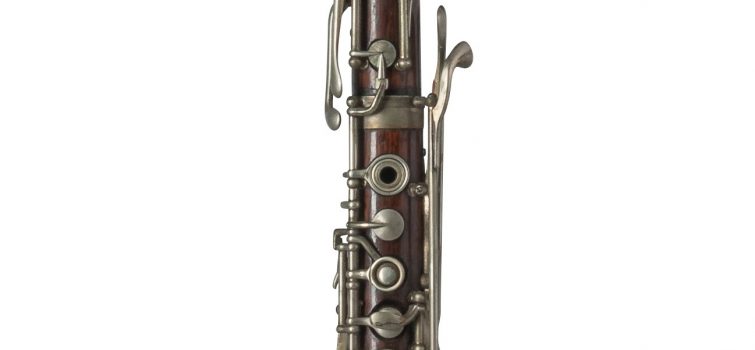Although in the mid 18th century a multitude of instrument families died out, the oboe d’amore is one of those that survived. It was usually only used in specific regions and genres. Thus, the oboe d’amore is found especially in northern Germany, mainly in Protestant church music and the Baroque opera.
The reason for the continued existence of this instrument was probably due to its lovely sweet sound.
The oboe d’amore has the same structure as the oboe, but is a few centimetres longer. A particular characteristic is the bell attached to the lower end of the instrument, the so-called love foot, which mainly affects the low tones.
The oboe d’amore is in A, and its range varies from G3 in depth to E6. The sound, which resembles an English horn, especially in depth, is soft and sweet. This gave it the name d’amore, which is also used for other instruments with similar sound.
The instrument has been widely used in works by Johann Sebastian Bach, especially in some of the solo parts of his early cantatas. After Bach’s death, the instrument fell into oblivion for the time being, but was rediscovered in the mid-19th century.
At the time, people were working more intensively on the works of Bach, but there were hardly any intact instruments on which to play the parts of the oboe d’amore. These parts were then mostly taken by the oboe or the English horn.
